Knowing How To Find Out How Much Ram You Have is essential for understanding your computer’s capabilities and performance. At HOW.EDU.VN, we provide the expertise to guide you through checking your system’s memory, optimizing its use, and determining if an upgrade is necessary. Understanding your memory capacity, also known as random access memory, is crucial for optimizing your system.
1. Understanding RAM and Its Importance
RAM, or Random Access Memory, is a crucial component of your computer. It acts as short-term memory, storing data that your CPU needs to access quickly. The amount of RAM directly impacts your computer’s ability to multitask, run applications, and handle demanding tasks efficiently. Understanding RAM usage is essential for optimal computer performance, as highlighted by computer hardware experts at HOW.EDU.VN.
1.1. What is RAM?
RAM is a type of computer memory that can be accessed randomly; any byte of memory can be accessed without touching the preceding bytes. RAM is the most common type of memory found in computers and other devices, such as printers.
1.2. Why is RAM Important?
RAM plays a pivotal role in your computer’s performance. It allows your system to quickly access data, enabling smoother multitasking and faster application loading times. Without sufficient RAM, your computer may experience slowdowns, lag, and even crashes, especially when running multiple applications or dealing with large files.
1.3. RAM vs. Storage (SSD/HDD)
It’s essential to differentiate RAM from storage devices like SSDs (Solid State Drives) and HDDs (Hard Disk Drives). RAM is volatile memory, meaning data is lost when the power is turned off. Storage devices, on the other hand, are non-volatile and retain data even when the power is off. RAM is used for actively running applications and processes, while storage devices are used for long-term data storage.
2. How to Check RAM on Windows
Checking your RAM on Windows is a straightforward process. The method varies slightly depending on your version of Windows, but the overall steps remain similar. This section will guide you through checking RAM on Windows 11, Windows 10, and Windows 7.
2.1. How to Check RAM on Windows 11
Here’s a step-by-step guide to find out how much RAM you have on Windows 11:
-
Open Settings: Click the Windows icon in the taskbar and select the Settings icon (gear icon).
-
Navigate to System: In the Settings menu, click on “System.”
-
Select About: Scroll down and click on “About.”
-
View Installed RAM: In the “Device specifications” section, you will find the “Installed RAM” value, which indicates the total RAM capacity of your system.
2.2. How to Check RAM on Windows 10
Follow these steps to check your RAM on Windows 10:
-
Open Settings: Click the Windows icon in the taskbar and select the Settings icon (gear icon).
-
Navigate to System: In the Settings menu, click on “System.”
-
Select About: In the left sidebar, click on “About.”
-
View Installed RAM: In the “Device specifications” section, you will find the “Installed RAM” value, which indicates the total RAM capacity of your system.
2.3. How to Check RAM on Windows 7
For users still running Windows 7, here’s how to check your RAM:
-
Open the Start Menu: Click the Windows icon in the bottom-left corner of your screen.
-
Right-Click on Computer: Right-click on “Computer” in the Start Menu.
-
Select Properties: Click on “Properties” in the context menu.
-
View Installed RAM: In the “System” section, you will find the “Installed memory (RAM)” value, which indicates the total RAM capacity of your system.
3. How to Check RAM on macOS
Checking RAM on macOS is as simple as checking on Windows. This section provides detailed instructions for finding out how much RAM your Mac has.
3.1. Steps to Check RAM on macOS
Here’s how to check how much RAM is installed in your Mac:
-
Open the Apple Menu: Click the Apple icon in the top-left corner of your screen.
-
Select About This Mac: Click on “About This Mac” in the dropdown menu.
-
View Memory Information: In the “Overview” tab, you will find the “Memory” value, which indicates the total RAM capacity of your Mac.
4. Understanding RAM Types and Specifications
Knowing the type and specifications of your RAM is essential for upgrades and compatibility. This section covers how to check RAM type and other important specifications on both Windows and macOS.
4.1. How to Check RAM Type on Windows
To check the type of RAM on Windows, you can use a third-party tool like CPU-Z:
-
Download CPU-Z: Download and install CPU-Z from the official website.
-
Launch CPU-Z: Open the CPU-Z application.
-
Navigate to the Memory Tab: Click on the “Memory” tab.
-
View Memory Type: In the “General” section, you will find the “Type” value, which indicates the type of RAM installed in your system (e.g., DDR3, DDR4).
4.2. How to Check RAM Type on macOS
To check the type of RAM on macOS:
-
Open Spotlight Search: Press Command + Spacebar to open Spotlight search.
-
Type System Information: Type “System Information” and press Enter.
-
Navigate to Memory: In the left sidebar, click on “Memory.”
-
View Memory Type: You will find detailed information about your RAM modules, including their type, size, and speed.
5. Monitoring RAM Usage
Understanding how your computer uses RAM is crucial for optimizing performance. This section explains how to monitor RAM usage on both Windows and macOS.
5.1. How to Check RAM Usage on Windows
Here’s how to check RAM usage on Windows 10 and Windows 11:
-
Open Task Manager: Press Ctrl + Shift + Esc to open Task Manager.
-
Navigate to Performance Tab: Click on the “Performance” tab.
-
Select Memory: In the left sidebar, click on “Memory.”
-
View RAM Usage: You will see a graph displaying your RAM usage in real-time, along with other details such as total RAM, available RAM, and RAM speed.
5.2. How to Check RAM Usage on macOS
To check RAM usage on macOS:
-
Open Activity Monitor: Open Finder, navigate to “Applications,” then “Utilities,” and double-click “Activity Monitor.”
-
Navigate to Memory Tab: Click on the “Memory” tab.
-
View RAM Usage: You will see a list of processes and their corresponding RAM usage, along with a graph displaying overall RAM usage.
6. Determining if You Need to Upgrade RAM
Deciding whether to upgrade your RAM depends on your computer usage and performance. This section provides guidelines to help you determine if a RAM upgrade is necessary.
6.1. Signs That You Need More RAM
- Slow Performance: Your computer takes a long time to load applications or perform tasks.
- Frequent Freezing or Crashing: Your system often freezes or crashes, especially when running multiple applications.
- Lagging: You experience significant lag when multitasking or running demanding applications.
- Disk Swapping: Your hard drive is constantly working as the system swaps data between RAM and storage.
6.2. How Much RAM Do You Need?
The amount of RAM you need depends on your typical computer usage:
- Basic Usage (Web Browsing, Word Processing): 8 GB is generally sufficient.
- Gaming and Multitasking: 16 GB is recommended for smooth performance.
- Professional Work (Video Editing, 3D Modeling): 32 GB or more may be required.
| RAM | 8 – 16 GB | 16 – 32 GB | 32 – 64 GB |
|---|---|---|---|
| Use Type | Entertainment / Light Work Apps | Gaming / Multitasking / Heavier Apps | Professional / Intensive Apps |
| Activities | Playing games released before 2016 | Playing/streaming the latest games with high performance settings | Video editing |
| Data entry | Multitasking between many programs | 3D modeling, design engineering | |
| Checking email | Having lots of tabs open in a web browser | Software engineering, programming, database development | |
| Standard business software | Photoshop | Graphic design | |
| Entertainment (movies, music) | Microsoft Office — multitasking and using graphics or large files | Medical imaging | |
| Microsoft Office: Word, Excel, Powerpoint | Amateur music production in digital audio workstations (DAW) | Professional music performance/production |
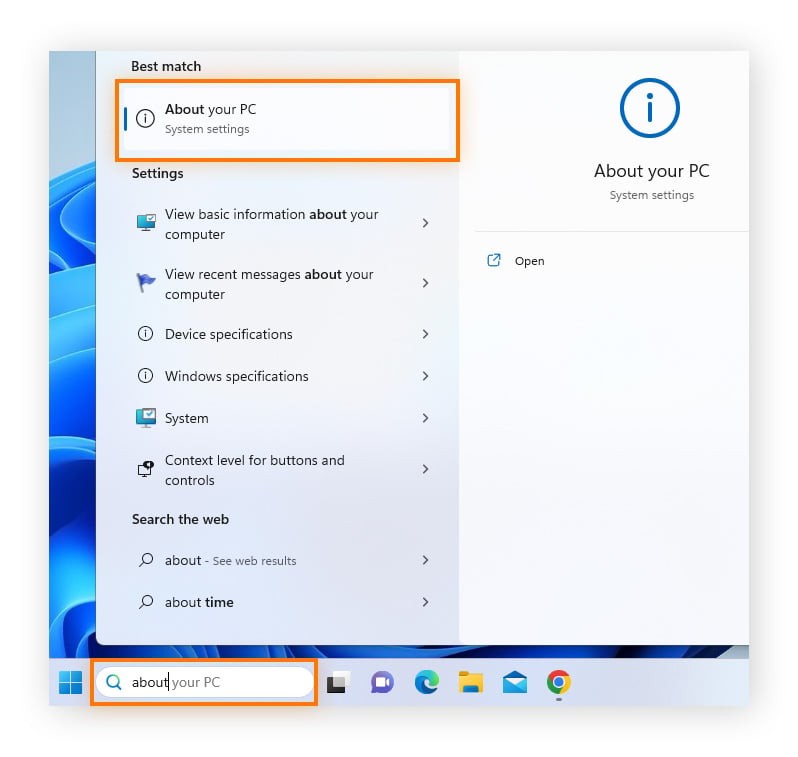

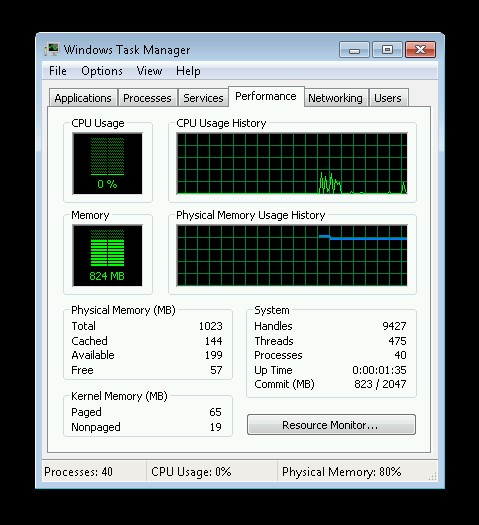
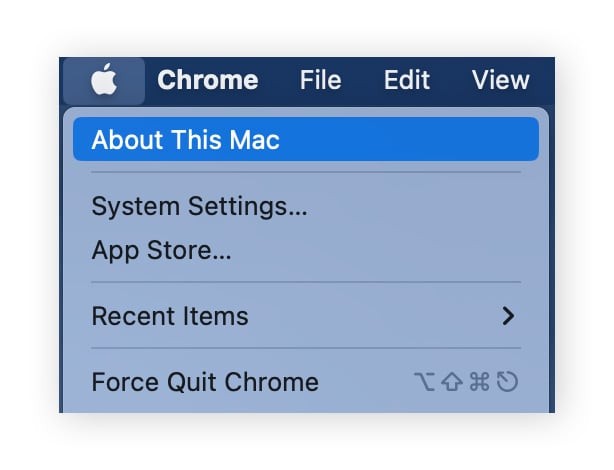
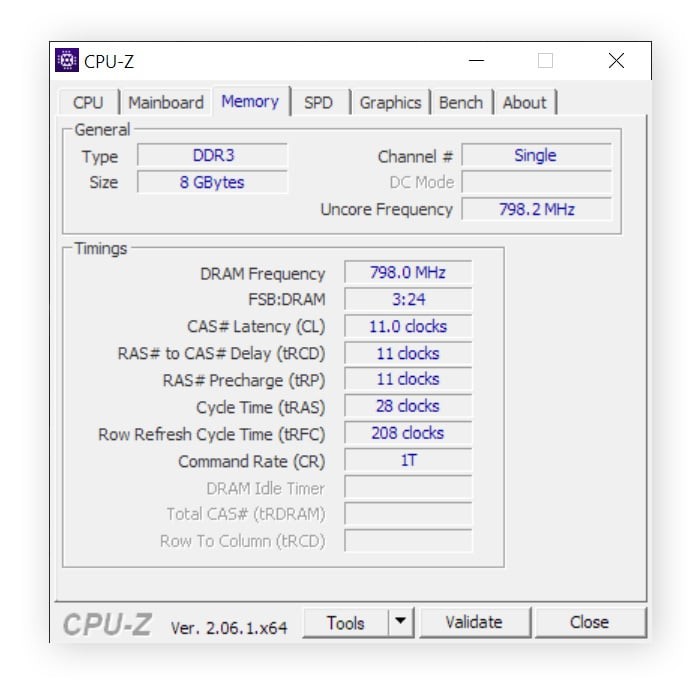
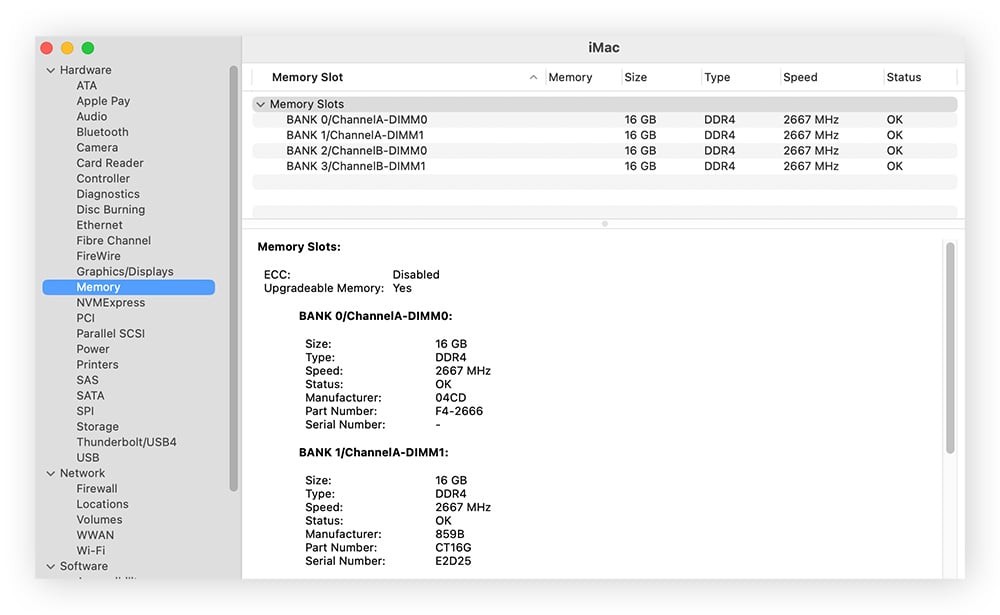
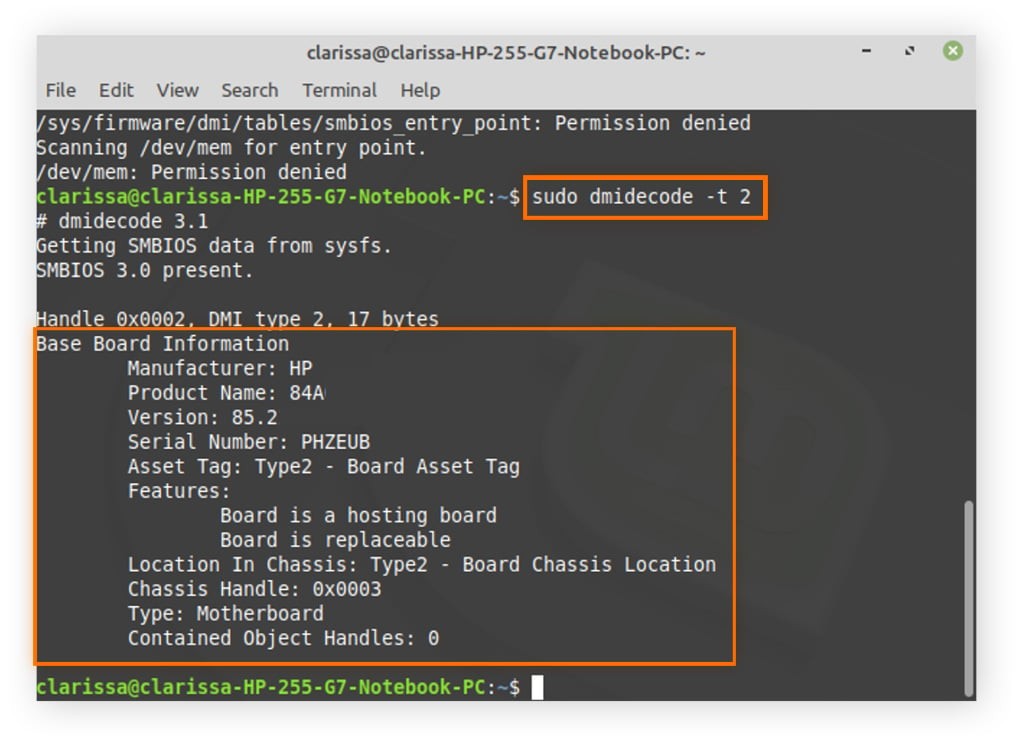
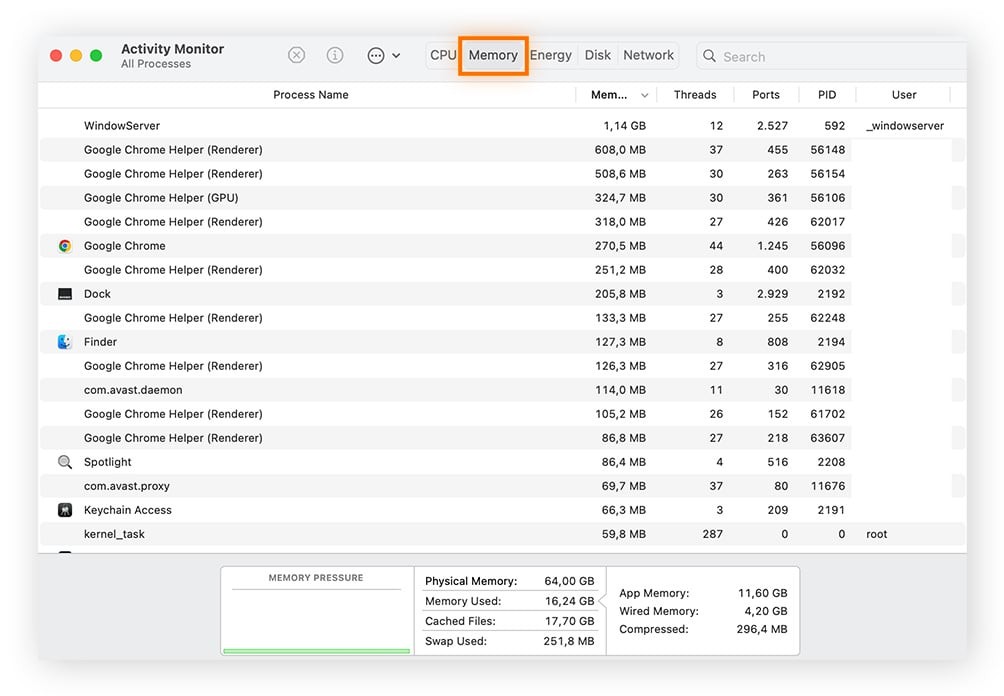
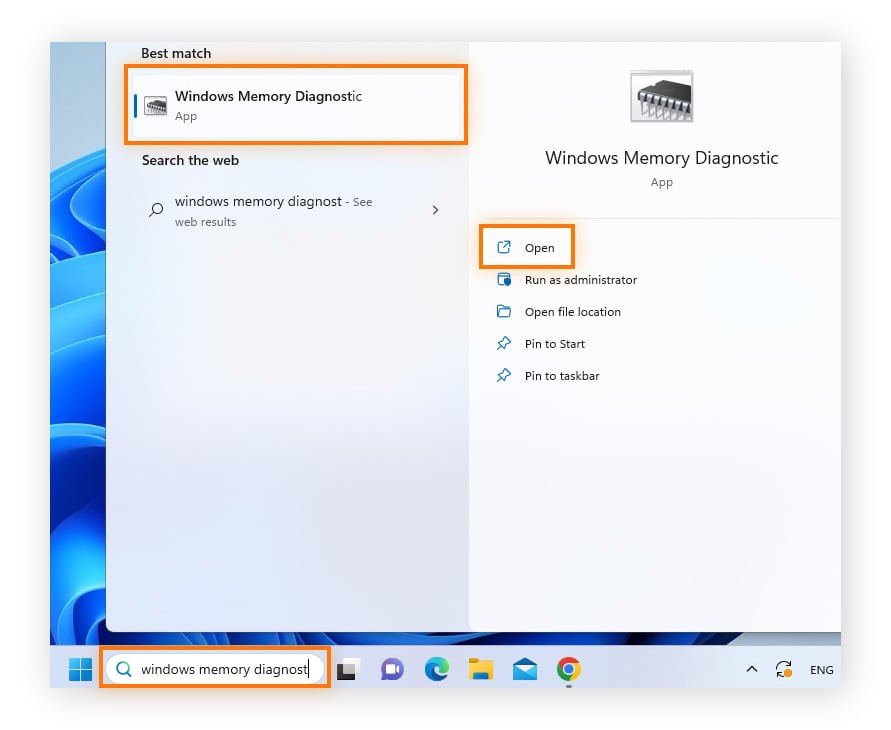
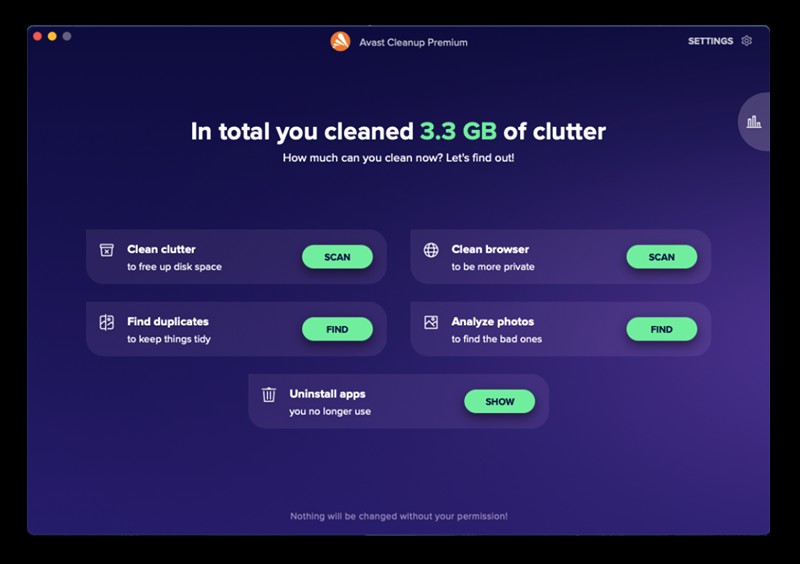
6.3. Considerations Before Upgrading
Before upgrading your RAM, consider the following:
- Motherboard Compatibility: Check your motherboard specifications to ensure it supports the new RAM type and capacity.
- Operating System Limitations: Some older operating systems may have limitations on the amount of RAM they can address.
- Budget: RAM prices can vary, so set a budget before making a purchase.
7. Checking for Memory Errors
Memory errors can cause system instability and crashes. This section explains how to check your RAM for errors on Windows.
7.1. Using Windows Memory Diagnostic Tool
Windows has a built-in memory diagnostic tool that can help identify memory errors:
-
Open Windows Memory Diagnostic: Type “Windows Memory Diagnostic” in the Windows search box and press Enter.
-
Restart and Check: Select “Restart now and check for problems.”
-
Wait for the Test: Your computer will restart and perform a memory test.
-
View Results: After the test, your computer will restart, and the results will be displayed.
7.2. Interpreting the Results
If the diagnostic tool finds errors, it indicates that your RAM may be faulty and needs to be replaced. If no errors are found, the issue may lie elsewhere in your system.
8. Optimizing RAM Usage
Even without upgrading, you can optimize your RAM usage to improve performance. This section provides tips for freeing up RAM on both Windows and macOS.
8.1. Tips for Freeing Up RAM on Windows
- Close Unnecessary Programs: Close any applications that you are not currently using.
- Disable Startup Programs: Disable programs that automatically start when you turn on your computer.
- Run Disk Cleanup: Use the Disk Cleanup tool to remove temporary files and other unnecessary data.
- Defragment Your Hard Drive: Defragmenting your hard drive can improve performance by organizing files more efficiently.
8.2. Tips for Freeing Up RAM on macOS
- Quit Unused Applications: Close any applications that you are not currently using.
- Use Activity Monitor: Use Activity Monitor to identify and quit memory-intensive processes.
- Clear Cache Files: Clear cache files to free up disk space and improve performance.
- Restart Your Mac: Restarting your Mac can clear out temporary files and free up RAM.
9. The Benefits of Expert Consultation
Navigating the intricacies of RAM, system performance, and upgrades can be challenging. At HOW.EDU.VN, our team of over 100 renowned PhDs offers unparalleled expertise to guide you through every step.
9.1. Personalized Advice
Our experts provide personalized advice tailored to your specific needs and usage patterns. Whether you’re a gamer, a professional, or a casual user, we can help you optimize your system for peak performance.
9.2. Accurate Diagnosis
Struggling with slow performance or frequent crashes? Our PhDs can accurately diagnose the root cause of your issues and recommend the most effective solutions.
9.3. Upgrade Guidance
Not sure which RAM to buy or how to install it? Our experts can guide you through the upgrade process, ensuring compatibility and optimal performance.
9.4. Ongoing Support
Our support doesn’t end with the initial consultation. We offer ongoing support to help you maintain your system’s performance and address any future issues.
10. How HOW.EDU.VN Can Help
At HOW.EDU.VN, we understand the challenges individuals face when trying to optimize their computer systems. Our mission is to provide expert guidance and support to help you achieve peak performance.
10.1. Connecting with Experts
We connect you directly with PhDs and leading experts in computer hardware and system optimization. Our team is dedicated to providing accurate, reliable, and personalized advice.
10.2. Streamlining Solutions
Our experts streamline the process of diagnosing and resolving computer performance issues. We provide clear, actionable steps to help you optimize your system and improve your overall experience.
10.3. Ensuring Security and Confidentiality
We prioritize the security and confidentiality of your information. You can trust us to provide expert advice in a safe and secure environment.
10.4. Offering Practical Advice
Our experts offer practical advice and solutions that you can implement immediately. Whether you need help checking your RAM, upgrading your system, or optimizing performance, we’re here to assist you.
11. Free Up More RAM with Specialized Cleaning Tools
Both laptops and desktop computers can run out of memory quickly. When that happens, the operating system (Windows or macOS) flushes data from RAM back onto the hard disk in a process called paging. Sending data from RAM to the hard drive results in huge delays and performance losses. A specialized cleaning tool can solve that problem in an instant.
Avast Cleanup includes a dedicated Sleep Mode feature that lets you instantly reclaim RAM by hibernating demanding processes that you don’t currently need. And thanks to regular, automatic cleaning, you can easily get rid of junk files and other unnecessary items that are hogging memory and slowing you down.
12. FAQs
12.1. Do I need 8 GB or 16 GB RAM?
Whether you need 8 GB or 16 GB of RAM depends on your needs. If you use your computer for basic tasks like web browsing and word processing, 8 GB should be sufficient. However, if you use your computer for more demanding tasks like video editing or as a gaming machine, 16 GB of RAM installed will help ensure optimal performance.
12.2. How much RAM can my PC take?
The maximum amount of RAM your PC can take depends on the model and motherboard. You can find this information in the documentation or by searching online for your PC’s specifications.
12.3. Will 32 GB RAM be faster than 16 GB?
In most cases, 32 GB of RAM will not be noticeably faster than 16 GB for general computing tasks. However, when using memory-intensive applications for video editing or 3D rendering you should see a performance improvement with 32 GB of RAM.
12.4. Can too much RAM slow down your computer?
Too much RAM will not slow down your computer, but it’s a waste of money if you don’t use any applications that could really benefit. Having too little RAM can cause your computer to run slowly or crash. Check the RAM memory to see if you have enough.
Before you upgrade, try to clear out any existing problems on your computer. People usually see a big difference right after doing this; it involves cleaning up your PC and deleting temporary files in Windows. Temporary files can slow things down and even harbor a potentially-unwanted program. Make this part of your regular computer maintenance routine.
12.5. Will upgrading to 32 GB of RAM make a difference?
Upgrading to 32 GB of RAM can make a difference if you use your computer for memory-intensive tasks like video editing. However, you probably won’t see any performance improvement if you primarily use your computer for basic tasks like web browsing and word processing.
13. Ready to Optimize Your Computer?
Don’t let slow performance and frequent crashes hold you back. At HOW.EDU.VN, our team of PhDs is ready to help you optimize your computer and achieve peak performance. Contact us today for a personalized consultation and take the first step towards a faster, more efficient system.
- Address: 456 Expertise Plaza, Consult City, CA 90210, United States
- WhatsApp: +1 (310) 555-1212
- Website: HOW.EDU.VN
Take control of your computer’s performance and experience the benefits of expert consultation. Contact how.edu.vn now.